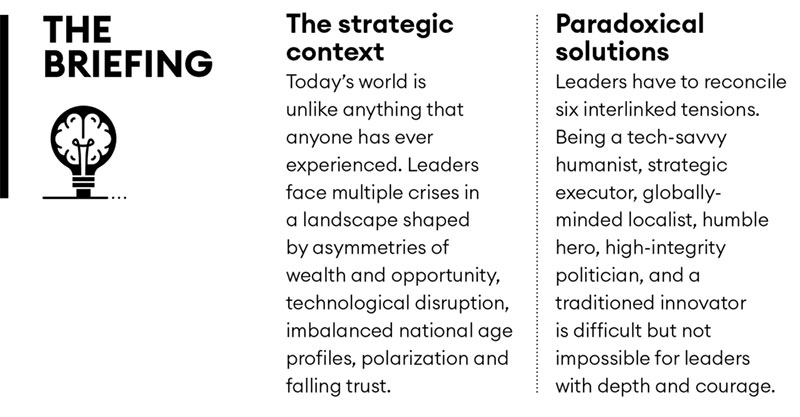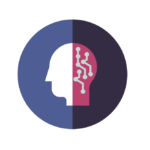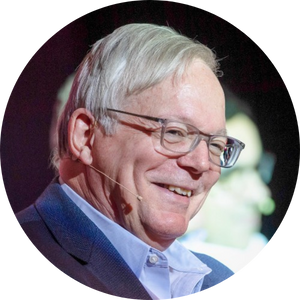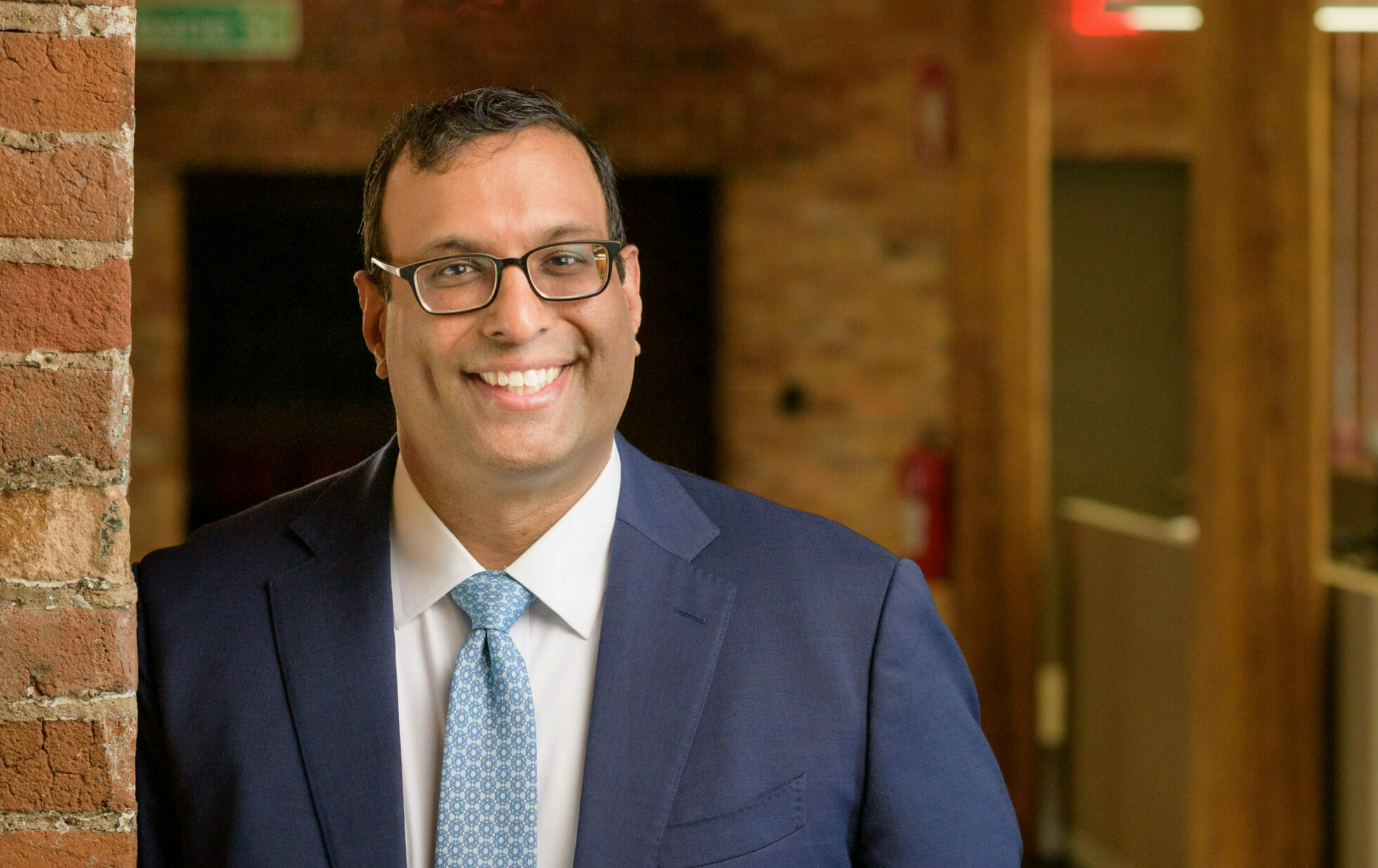Today’s strategic landscape is like nothing ever seen before. We need leaders capable of reconciling dilemmas.
If there ever was a moment when the traditional tenets of leadership were deservedly under the microscope, it is now. Anger in the streets, a pandemic, economic upheaval and inequity, fears about the reach of technology, widespread uncertainty about whom to trust, businesses at risk of disruption, and extreme partisanship have collided to test the limits of political and business leaders around the world. Some are rising to the occasion. Many are falling short.
Rather than conclude that most of our leaders are mediocre or ill-chosen, I view the situation in a different light. The political, social and economic forces that are taking centre stage are symptomatic of radical changes in our world that need urgent attention – and the familiar, long-standing dimensions of successful leadership are simply not sufficient for these sand-shifting times.
Today, leaders are asked to lead in a world that is unlike anything anyone has ever experienced. We coined the acronym ADAPT to describe it. Asymmetries of wealth and opportunity have never been more significant, dividing communities and impacting continents. The speed and scale of technological development has caused unintended disruption, manifesting in civil unrest and untenable pressure on our climate. The imbalance of age and demographics across the world is putting increased pressure on society. Global fracturing and rising nationalism are causing increasing polarization within and across countries. All are leading to the erosion of trust, which is fundamentally harming civil society.

The impact of these trends is already being felt even as they continue to accelerate, and they constitute a series of interlinked crises. Faced by these crises, the need for a new form of leadership has never been more critical. Being a leader today requires the ability to possess seemingly opposite sets of capabilities. Leaders must have the confidence to make bold decisions, the humility to correct course and the ability to recognize the need for change. They must be as adroit at surveying the landscape from 30,000ft as they are at making sure operations function well on the ground. They must remain rooted in the traditions that made their organizations successful while continuously embracing innovation. They need to manage the complex human system of their workforce while also understanding how technology will disrupt and enable it. They have to think globally while acting locally. And they must demonstrate the ability to negotiate differing viewpoints toward a consensus while maintaining their integrity.
I believe these are the six paradoxes which are critical for all leaders today to learn how to navigate. They work as a system, forcing us to reconcile core tensions between competing beliefs. The different ideas and behaviours reflected in these paradoxes make them the perfect foil for the challenges they are meant to eliminate.

1. Tech-savvy humanist
These leaders must be fluent in what it takes to compete in a technology-driven world and respectful of the need for individuals to benefit from technology, not be harmed by it. In other words, leaders need to be as comfortable with emotional intelligence as they are with artificial intelligence. The humanist side of this paradox is a complex quality that involves fully understanding how people operate and how they are affected by systems. The tech-savvy side is able to build systems that anticipate the future and the potential dangers of technology to our privacy, livelihoods, quality of life and social relations.
Consider the challenge of asymmetry. Tech-savvy humanists understand the need to increase opportunities for those left out of an economy which is being propelled by technological advances. Through upskilling they can elegantly balance the growth and utility of technology, whilst ensuring no one is left behind – and the systems built will serve the needs of all.
2. Strategic executor
If there are two words that should never be separated by leaders, they are strategy and execution. One requires foresight, the other immediate action; they should inform each other in a circular motion. Leaders who favour execution over strategy are setting themselves up for failure because they tend to be so focused on constantly fixing problems in systems while not addressing flaws in the system itself. These execution-heavy leaders are trapped, focusing on the issue du jour rather than what the future requires. On the other hand, a leader who is ‘all strategy, no execution’ won’t remain in the job very long because the organization will lack the capacity to address issues that must be tackled for its survival. If you can’t fix the small things in front of you, you will certainly be unable to solve the larger problems that are yet to materialize. By contrast, strategic executors articulate a strategy with the clear understanding that it probably needs to evolve – and execute with both immediate needs and the changing future in mind.
Consider the challenge of disruption. It requires a strategist to envision, plan for and move towards a future that is going to be totally different, while also continuing to execute in the here-and-now to ensure survival until the future arrives. Indeed, the best strategic executors are able to shift their execution approach in real-time, helping their organizations to prepare for the strategic future they have envisioned.
3. Globally minded localist
These leaders have a deep commitment to the place they live or work in and the people they are leading – and they know how to successfully navigate local social, cultural and economic issues and nuances. They also know that there are momentous challenges that cannot be addressed at a local level: atmosphere, oceans, and pathogens are indifferent to borders. While local initiatives can drive the growth of local economies, local economies cannot operate on their own. Moreover, global or national economic and social campaigns often have substantial resources to test out a variety of strategic and tactical models, but without ensuring they work locally, they will improve the average but not every individual case.
Consider the challenge of age. A young population has very different needs to an ageing population. A focus on ‘local first’ solutions would support the building of flourishing communities and neighbourhoods suited to the specific needs of the population living there. This approach should be paired with a global view to understand how the locale should best compete, how to attract the talent or resources that are not indigenous to the locale to enable it to function, and how it can be part of solving problems that cross boundaries.
4. Humble hero
Given the number of fast-changing variables we face today, leaders too often feel they need to behave like heroes, exuding self-assurance in anxiety-inducing times. That’s okay as long as they don’t combine heroism with the arrogance of presuming that they know all the answers. The speed and enormity of change requires leaders who make decisions and act with alacrity while encouraging input from all the people who will be impacted by a decision, or who have substantial expertise to offer. Of course, sometimes too much varied input can paralyse leaders, leaving them afraid to make a decision because they are presented with an array of nuanced solutions to a problem. That’s when the heroic aspect of this fourth paradox must kick back in. Real leaders have the courage to make a decision based on what they know, and be ready to change course if the chosen option is found wanting.
Consider the challenge of polarization. Humble heroes can use their strength and decisiveness to demand respect and attract attention to the challenges faced by their constituents, while at the same time taking the time to understand the issues fully and ‘reach across the aisle’ to potential opponents, ensuring their solutions build bridges. It is the ability to make demands in the name of all of the diverse elements of their constituent base, and bring together those who did not believe there was any common ground.
5. High-integrity politician
High-integrity politicians are highly politically competent – able to accrue support, negotiate, form coalitions, anticipate counteractions, and overcome resistance among diverse points of view. Yet they are also able to maintain trust in the consensus-building and decision-making process, and a belief among everyone involved that their voice will be valued. This requires a high level of integrity: only leaders who exhibit transparent integrity and a commitment to group goals, rather than self-interest, can hope to produce a successful outcome.
Consider the challenge of trust. Trust has been eroded by the apparent lack of integrity in the decision-making process of senior leaders. To rebuild it, we need leaders who can build consensus while staying true to a mission that will benefit all.
6. Traditioned innovator
It is an uncanny skill to be able to link the historical core purpose of a company – the original ideas that served as its foundation and that remain as its connective tissue – with a culture of innovation, unabashedly inspiring teams and individuals to try out new things and even have the courage to fail. But those paradoxical traits are essential now: often, the origin story has been lost, but is critical because it is also what created value in the first place. Modernization should build on these values. Leaders need to push their organizations to continue to evolve and stay relevant, whilst at the same time staying true to their core and honouring the reason they exist in the market.
Consider again the challenge of trust. The value of institutions like the media, government, education, markets, policing, and defence is not in question: the ability of these institutions to change for the better, however, while maintaining the characteristics that initially led us to trust and depend upon them, is far more open to debate.
A traditioned innovator is adept at understanding the core purpose of what they are leading and allows a high level of creativity in order to ensure that the purpose is delivered in the most effective way possible, fit for the modern world.
It is too much to expect that any one of us could master all six paradoxes. But the challenges facing organizations are not going to recede based on whether your leadership skills are suited to deal with them. It is why sophisticated leaders know what their strengths are, which leadership paradoxes they can best navigate – and why they put in place around them complementary leaders who are more comfortable managing through the other paradoxes.
But leaders are also capable of learning, evolving and becoming better leaders. They care enough to face the very large questions affecting the future of their towns, organizations, businesses, and institutions; to confront, with courage and depth, these varied crises and challenges, understanding what is at their heart and doing what it takes to overcome them. Those who do this may find that leadership in the time of ADAPT may be less contradictory than they thought.
This article was written with Susannah Anfield and Alexis Jenkins, two directors in Sheppard’s team at PwC. Their new book, Ten Years to Midnight: Four Urgent Global Crises and Their Strategic Solutions, is out now.








